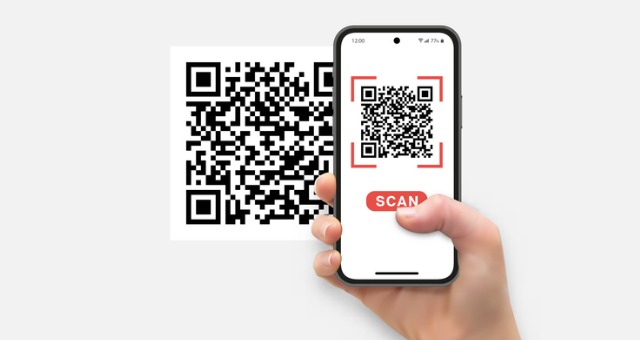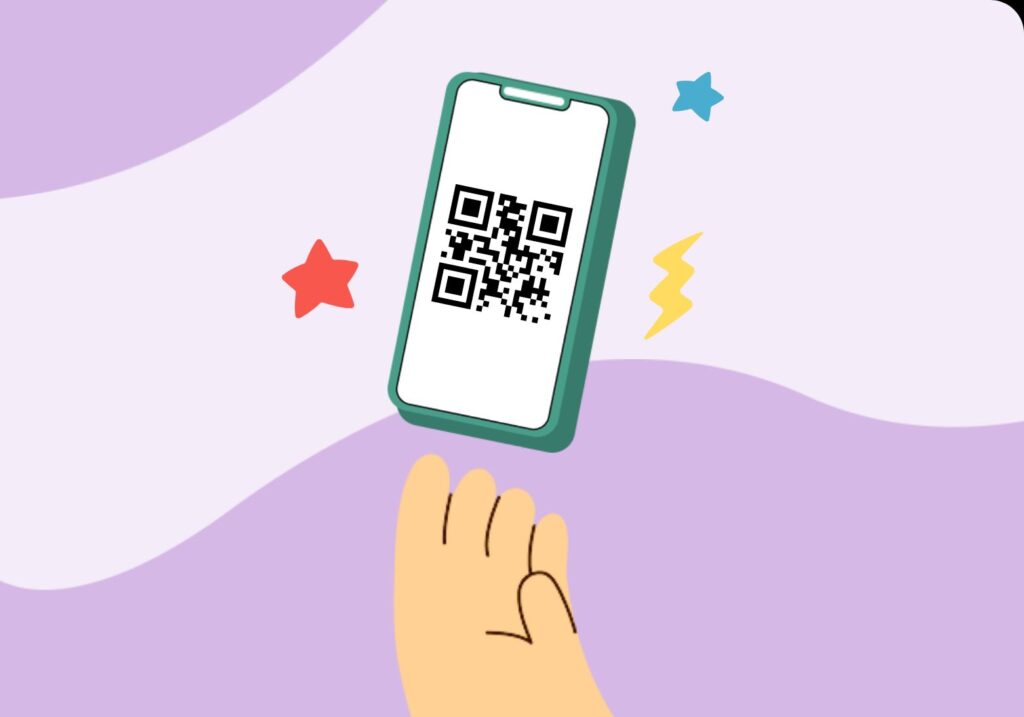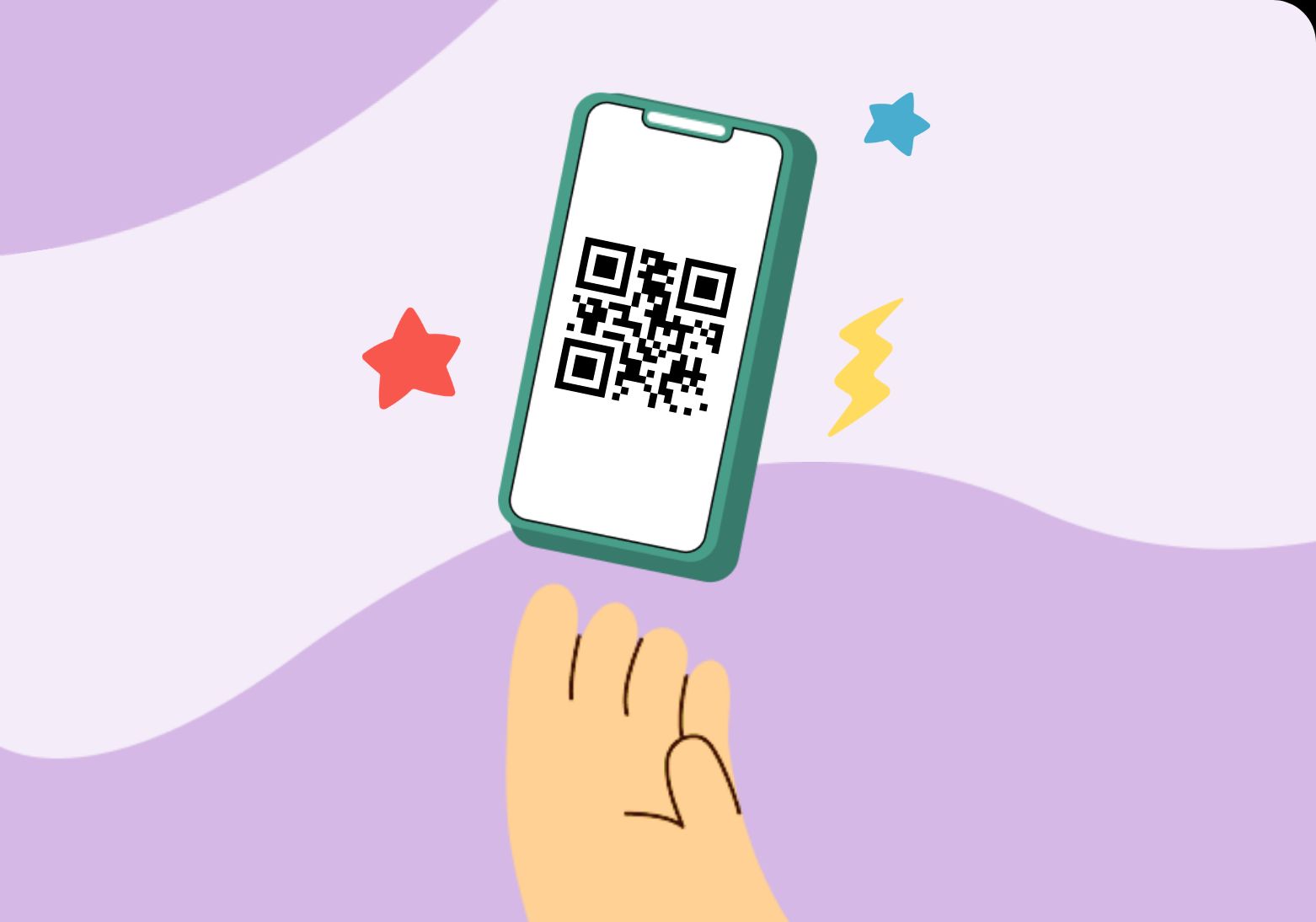QR Codes find extensive use in contactless payment, delivery, retail, and various industries due to their user-friendly nature and compatibility with smartphone cameras. However, if your QR Code encounters scanning issues or fails to work, the culprit could be a minor flaw. Factors such as color choice and code quality might play a significant role. In this article, we’ll explore nine common reasons why your QR Code may not be functioning as expected, offering troubleshooting tips and advice to avoid these issues.
QR Codes have become indispensable in various industries, facilitating contactless payments, streamlined delivery processes, and enhanced retail experiences. However, the efficacy of a QR Code can be compromised by several factors, leading to scanning issues. This discussion delves into common reasons why QR Codes might not work optimally and provides practical solutions to address these challenges.

Problems with QR Code
1. Blurry QR Codes: One prevalent issue contributing to QR Code scanning problems is blurriness. This often results from downloading QR Codes in incorrect formats or resizing them improperly. The consequence is a QR Code that may not be accurately interpreted by scanners. To mitigate this, it is crucial to download QR Codes in high resolution, with preferred formats being SVG or PNG. Regular testing of printed QR Codes is advised, and any signs of blurriness should prompt the replacement with a higher-quality version.
2. Inverted Colors: A common but impactful mistake in QR Code design is inverting colors. The conventional color scheme involves a white background and black foreground. Deviating from this can create QR Codes that may not be universally scannable. Designers should be cautious about the visual aesthetics of QR Codes, opting for a light-colored background with a dark-colored foreground for optimal contrast. This ensures compatibility with a broader range of QR Code scanner apps.
3. QR Code Size Matters: The size of a QR Code significantly influences its readability and functionality. A QR Code should meet a minimum size requirement of 2×2 cm. This size consideration is essential for different use cases, ranging from business cards to billboards. Oversized QR Codes on billboards, for instance, may not scan effectively, while tiny QR Codes on smaller items risk going unnoticed. Adhering to a calculated size based on the specific use scenario is paramount for ensuring successful scanning experiences.
4. Contrast Issues: A crucial aspect often overlooked is the contrast between the QR Code and its background. Maintaining an adequate contrast is vital for scanners to interpret the code accurately. Designers should aim for a foreground that is 40% darker than the background, ensuring the QR Code’s visibility and scannability in various conditions.
5. Incorrect Placement: The strategic placement of QR Codes is a critical yet underestimated factor. Placing QR Codes at eye level enhances visibility and encourages user engagement. Avoiding placement behind reflective surfaces is equally important, as reflected light can interfere with the scanning process. Attention to QR Code positioning ensures that they are not only seen but also easily scanned by users.
6. Overcrowding the QR Code: Overloading a QR Code with excessive content is a common pitfall. A cluttered QR Code, compared to a clean and concise one, may result in slower scanning. Designers should prioritize a neat and straightforward design, avoiding information overload. This ensures a faster and more efficient scanning process, contributing to an enhanced user experience.
In addition to these common issues, addressing broader concerns like expired QR Codes, broken links, and over-customization is paramount. Vigilant testing, utilizing reliable QR Code generators, and staying informed about the latest industry standards contribute to sustained QR Code effectiveness.
In conclusion, troubleshooting QR Code issues requires a meticulous approach, considering factors such as design, size, contrast, and placement. Regular testing and adherence to best practices contribute to the seamless functionality of QR Codes across diverse applications. As businesses continue to leverage QR Codes for various purposes, understanding and mitigating potential issues become integral for a positive user experience.
Also Read- 10 Amazing iPhone Tips and Tricks (2023)
Benefits of QR Codes

Here are some key advantages:
- Contactless Transactions:
- QR codes facilitate contactless transactions, which is especially valuable in situations where minimizing physical contact is essential, such as during the COVID-19 pandemic. They are widely used for contactless payments, ticketing, and check-ins.
- Efficient Information Sharing:
- QR codes enable the quick and efficient sharing of information. With a simple scan using a smartphone camera, users can access websites, product details, contact information, or promotional content without the need for manual data entry.
- Marketing and Promotions:
- Businesses leverage QR codes in marketing campaigns to provide consumers with instant access to promotions, discounts, or additional product details. They serve as a bridge between physical advertisements and online content, enhancing engagement.
- Inventory and Asset Management:
- In industries like logistics and inventory management, QR codes streamline processes by providing a unique identifier for products or assets. Scanning QR codes allows for real-time tracking, inventory updates, and improved accuracy in supply chain management.
- Enhanced User Engagement:
- QR codes enhance user engagement by offering a seamless and interactive experience. They can lead users to multimedia content, surveys, or social media platforms, fostering a deeper connection between consumers and brands.
- Event Ticketing and Boarding Passes:
- QR codes have revolutionized ticketing systems for events, flights, trains, and more. Attendees can simply scan their QR code on their smartphones for entry, eliminating the need for physical tickets or printed documents.
- Educational Purposes:
- QR codes are used in educational materials to provide students with direct access to additional resources, videos, or interactive content related to the subject matter. This enhances the learning experience and makes educational materials more dynamic.
- Authentication and Security:
- QR codes are employed as a secure means of authentication in various applications. For example, they are used in two-factor authentication processes, ensuring an additional layer of security for accessing accounts and sensitive information.
- Ease of Implementation:
- Implementing QR codes is cost-effective and straightforward. Businesses can generate QR codes easily using various online tools, and consumers can scan them using the built-in cameras on their smartphones. This simplicity contributes to widespread adoption.
- Menu Access in Restaurants:
- QR codes have become prevalent in restaurants, allowing patrons to access digital menus by scanning a code at their table. This not only reduces physical contact with printed menus but also enables restaurants to update menu offerings dynamically.
- Environmental Impact:
- The use of QR codes can contribute to environmental sustainability by reducing the reliance on printed materials. Digital access to information through QR codes reduces paper consumption and waste.
- Data Collection and Analytics:
- Businesses can gather valuable data and insights by tracking QR code scans. This data can include the geographical location of scans, the time of day, and user preferences, enabling businesses to refine their marketing strategies.
Overall, QR codes offer a versatile and efficient solution for bridging the physical and digital worlds, providing benefits in terms of convenience, engagement, and improved operational processes across diverse sectors.
Also Read- Mastering iPhone Shortcuts & Automation.
Disadvantages of QR Codes
While QR codes offer many advantages, they are not without their drawbacks. Here are some disadvantages associated with the use of QR codes:
- Dependency on Technology:
- The effectiveness of QR codes relies heavily on the availability and functionality of smartphones with camera capabilities. Users without smartphones or those with malfunctioning cameras are unable to access QR code content.
- Limited Recognition by Older Devices:
- Older smartphone models or devices without up-to-date software may struggle to recognize or scan QR codes. This limitation can exclude a portion of the population from utilizing QR code functionalities.
- Security Concerns:
- QR codes can be manipulated to redirect users to malicious websites or content. Users may inadvertently scan codes that lead to phishing sites, malware downloads, or other security risks, highlighting the importance of caution when scanning unknown codes.
- Need for a Dedicated App:
- Some smartphones may require users to download a dedicated QR code scanning app, as their native camera apps might not support QR code scanning. This additional step can create friction for users and reduce the seamless experience.
- Limited Information Capacity:
- QR codes have a finite capacity for information storage. While suitable for simple tasks like website links or contact information, they may not be sufficient for conveying extensive data, limiting their use in certain applications.
- Design Constraints:
- QR codes can disrupt the aesthetic design of printed materials or product packaging. Their black-and-white square pattern may clash with the overall visual appeal, making designers hesitant to incorporate them in certain contexts.
- Lack of Standardization:
- There are different QR code standards, and not all QR code scanners support every format. This lack of standardization can lead to compatibility issues, with some scanners unable to read codes generated by specific platforms.
- Limited Accessibility:
- People with visual impairments may face challenges in scanning QR codes. While some smartphones have features like voice commands, ensuring universal accessibility remains a concern.
- Data Privacy Issues:
- Scanning QR codes often involves sharing data or accessing online content. Users may be concerned about privacy issues, such as the tracking of their location, browsing history, or personal details, especially if the QR code leads to a third-party website.
- Risk of Overuse:
- In some cases, the overuse of QR codes in marketing or advertising materials may lead to user fatigue. Consumers might become less inclined to scan QR codes if they encounter them ubiquitously, impacting the effectiveness of QR code-based campaigns.
- Dependence on Internet Connectivity:
- Many QR code applications require an internet connection to access linked content. In areas with poor or no connectivity, users may experience delays or be unable to access the intended information.
- Printing Quality Concerns:
- QR codes may not scan correctly if they are printed on low-quality materials or if there are printing errors. Poor printing quality can lead to blurriness or inaccuracies, affecting the functionality of the code.
While QR codes have proven to be a valuable tool in various applications, it is essential to consider these disadvantages and address potential challenges to ensure a positive user experience.






































